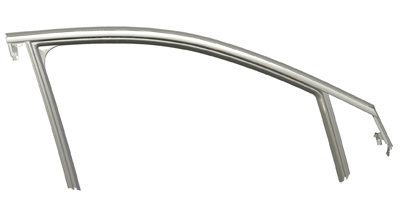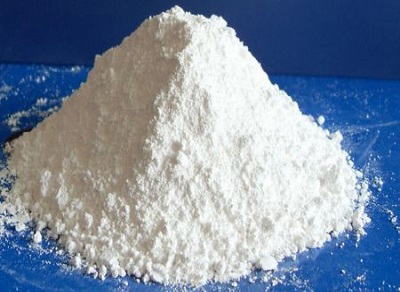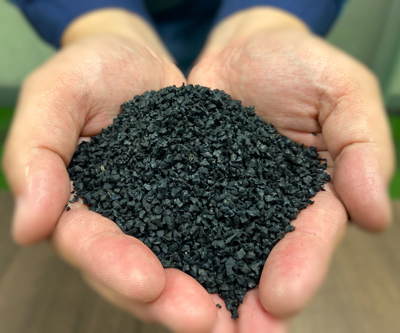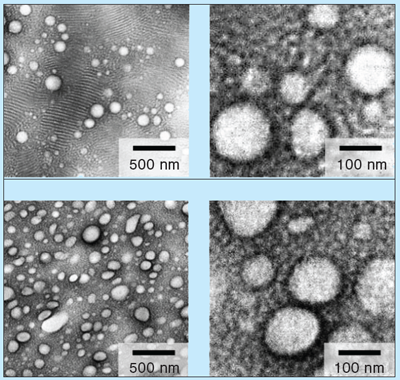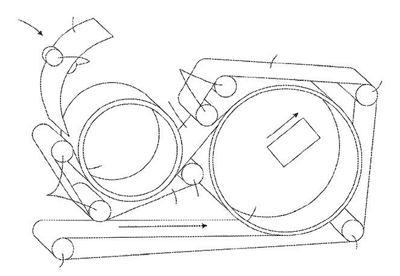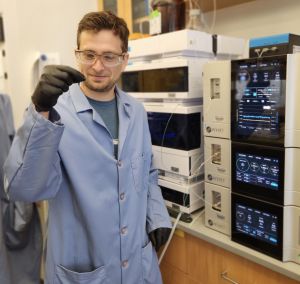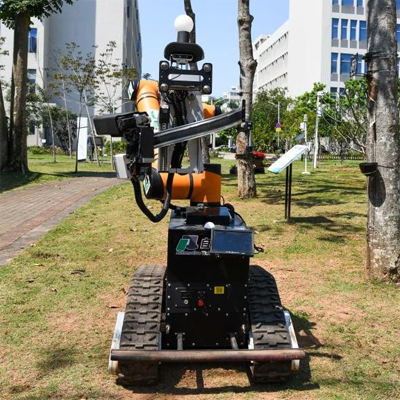Hutchinson innovates to slash carbon emissions without compromising performance for automotive sealing
Hutchinson’s solution involved the creation of two new materials: revea® TPE 428, which contains 37% biobased, biosourced, or recycled ingredients, and revea® TPE 426, which contains 29% biobased, biosourced, or recycled ingredients. These materials deliver the desired properties for various window seals, offering substantial CO2 savings—25% reduction with revea® TPE 428 and 16% with revea® TPE 426 compared to traditional materials.
Read More
